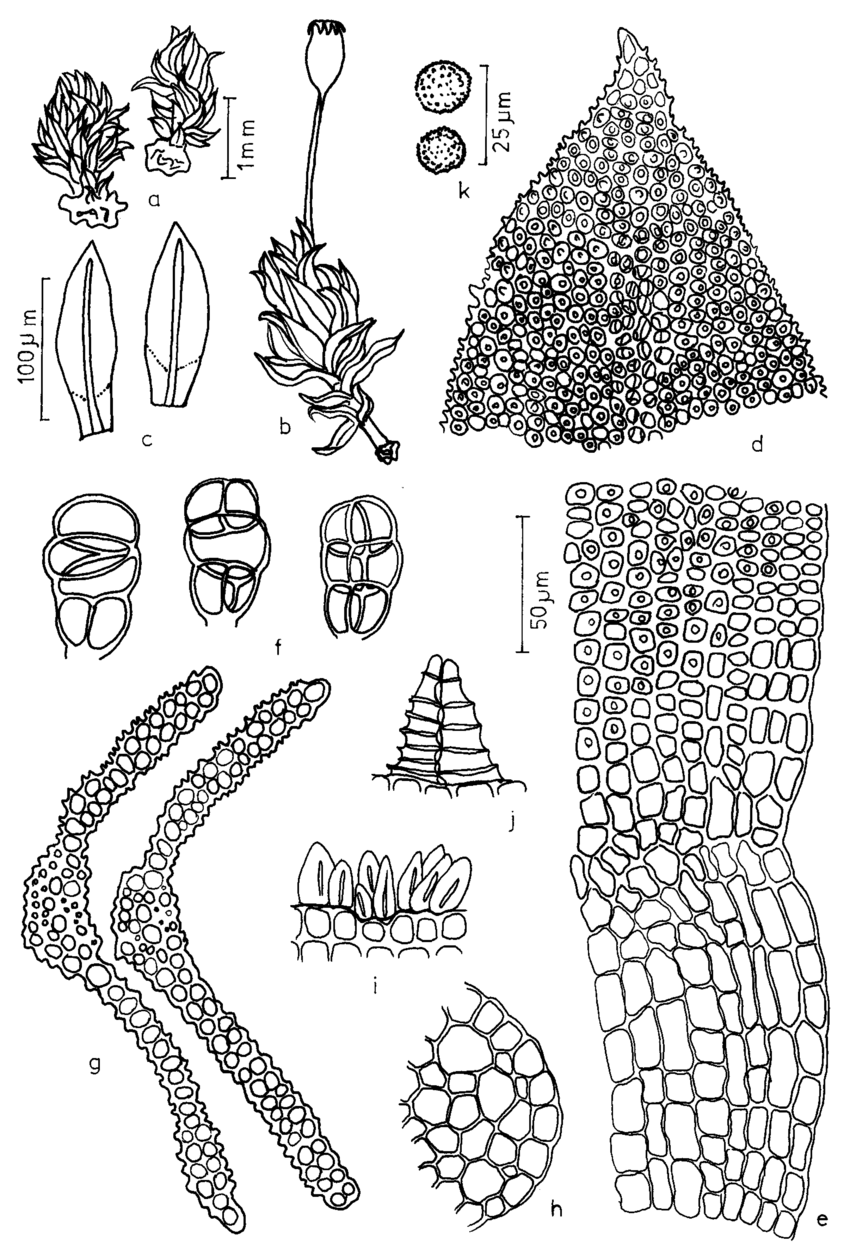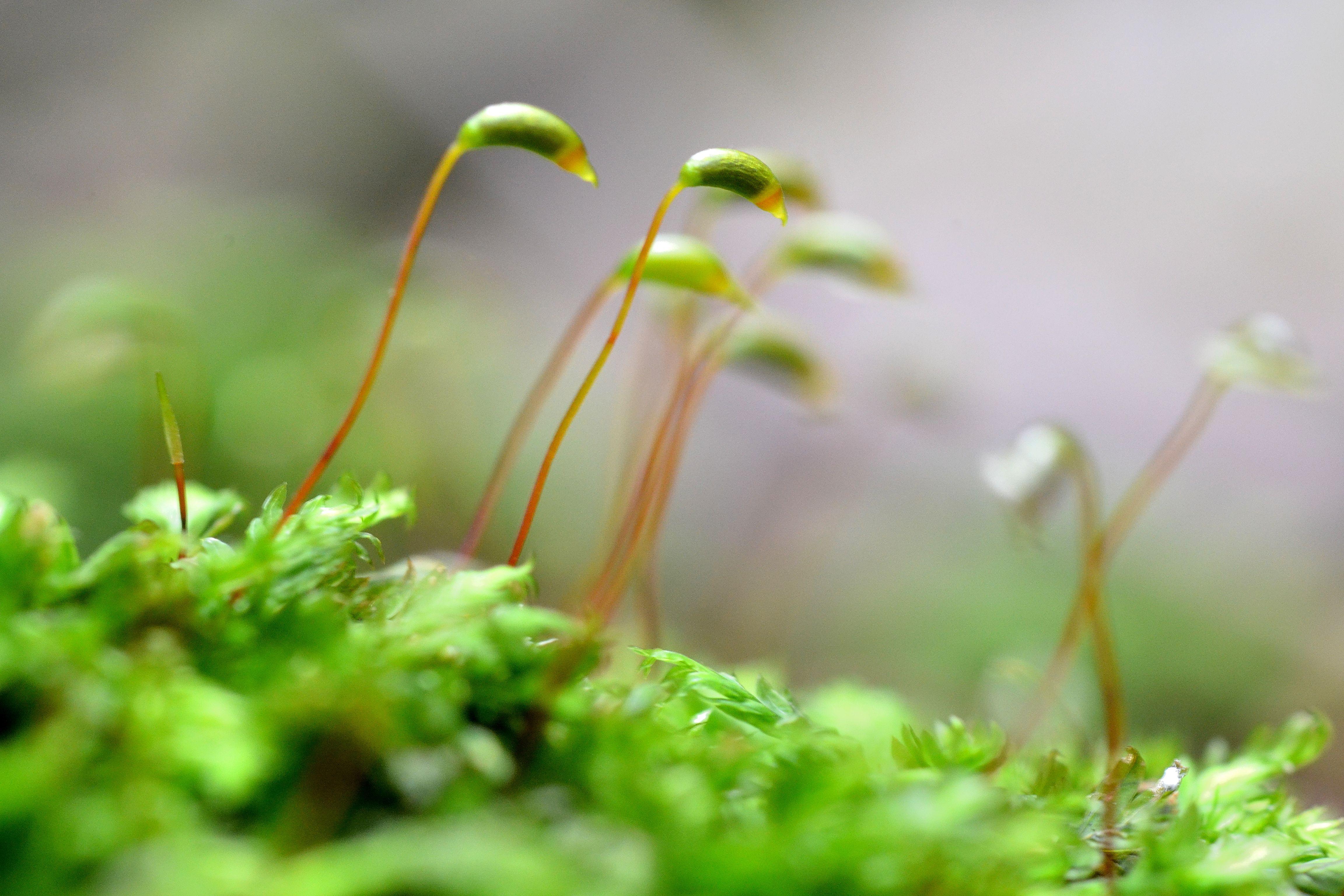
Figura-15-Uleastrum-palmicola-Muell-Hal-RH-Zander-a-b-Aspecto-geral-do.png from: https://www.researchgate.net/figure/Figura-15-Uleastrum-palmicola-Muell-Hal-RH-Zander-a-b-Aspecto-geral-do_fig6_262547004
Exploring the Fascinating World of Porothamnium minutistolo Moss
Introduction
Today we’re diving into the captivating realm of Porothamnium minutistolo (Müll.Hal.) M.Fleisch., a unique moss species from the

moss_2.jpg from: https://mibellebiochemistry.com/8-surprising-facts-about-moss
Neckeraceae family. Also known simply as Porothamnium, this tiny but mighty plant plays important ecological roles. Let’s explore what makes Porothamnium minutistolo so special!
Background on Mosses
Before we get into the specifics of P. minutistolo, let’s review some moss basics. Mosses are non-vascular plants in the division Bryophyta. They lack true roots, stems, and leaves. Instead, they have rhizoids, a stem-like structure, and leaf-like structures called phyllids. Mosses reproduce via spores rather than seeds and flowers.
Morphology and Identification
Porothamnium minutistolo is a pleurocarpous moss, meaning it has a branching, creeping growth form. Its phyllids are ovate-lanceolate in shape and have a single costa (midrib). The seta (stalk bearing the capsule) is smooth. Capsules are inclined to horizontal and the calyptra (hood covering the capsule) is cucullate.
Identifying P. minutistolo requires examining microscopic features. The leaf cells are linear, with a single papilla over the lumen. Alar cells are differentiated.
Global Distribution and Habitat
P. minutistolo has a pantropical distribution, found in tropical regions worldwide. It grows as an epiphyte on tree bark and branches in humid forests. The moss favors partial shade and moderate to high humidity levels.
Ecological Roles and Adaptations
Like other mosses, Porothamnium minutistolo plays several key ecological roles:
- Nutrient cycling: Mosses trap and retain nutrients, releasing them slowly over time.
- Moisture retention: The sponge-like structure of moss mats helps retain moisture.
- Providing habitat: Many micro-organisms and invertebrates live among moss cushions.
- Substrate stabilization: Moss rhizoids help hold soil and organic matter in place.
P. minutistolo has adaptations for its epiphytic lifestyle, including:
- Tolerance of desiccation during dry periods
- Capturing moisture and nutrients from the air and rain
- Lightweight spores easily dispersed by wind
Conclusion
Porothamnium minutistolo may be small, but this mighty moss has an outsized ecological impact! From nutrient cycling to providing habitat, P. minutistolo showcases how crucial mosses are to ecosystems worldwide. Next time you see moss growing on a tree branch, take a closer look – it might just be Porothamnium minutistolo!